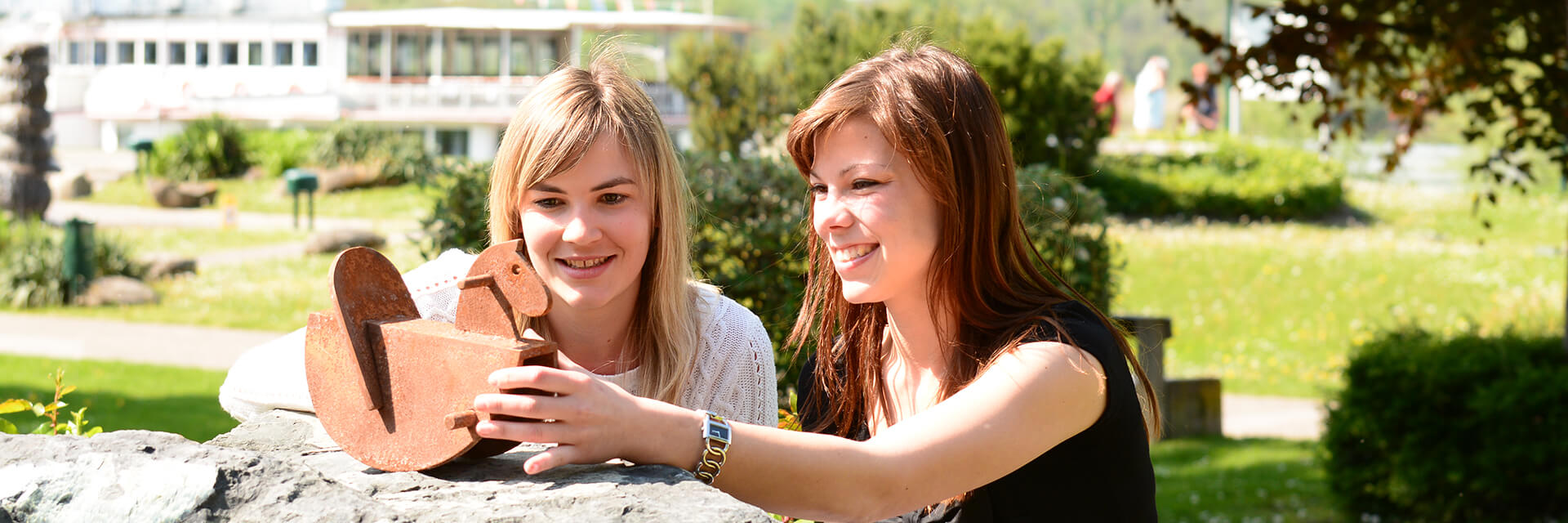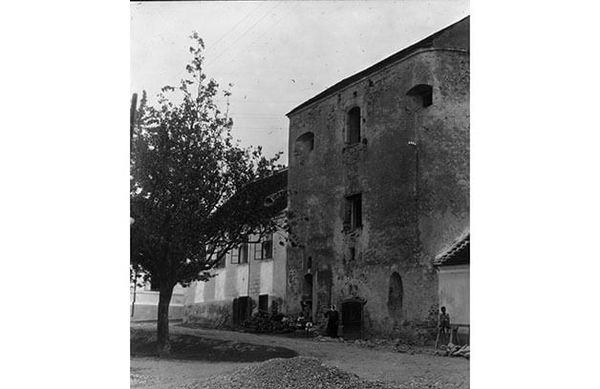Station X: Water cross
Flood or: Egon and the wooden crucifix
Here you can find out: Why the people of Tulln loved and hated their river. When Egon saw the Danube overflow its banks. Why a water chapel was built. And where the dead from the river were commemorated.
Start of themed circular route: Tulln main station
Distance: 3.6 km
Duration: approx. 90 min.
Difficulty: easy - barrier-free
Schiele Folder EN
Schiele Folder EN
Where did the huge crucifix come from? On February 21, 1729, two months after the winter solstice, it was washed ashore in Tulln and erected. A mystical "souvenir" of the Danube, which turns from a calm stream into a raging river several times a year. At first, only fishermen and boatmen worshipped the simple wooden cross. Then the townspeople had a chapel built. It adjoins the rear wall of the former "Strudelhof", whose foundation walls are part of the medieval town fortifications. Two sandstone statues - St. John Nepomuk and St. Charles Borromeo - flank the baroque crucifix. Later, both sculptures are placed in front of the parish church of St. Stephen.
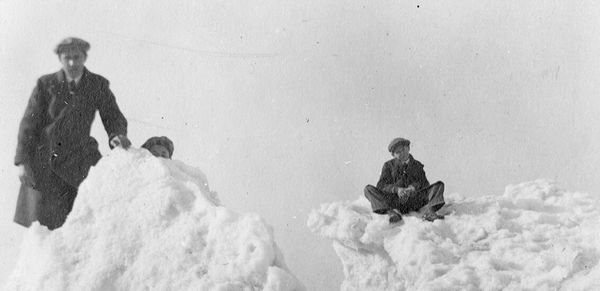
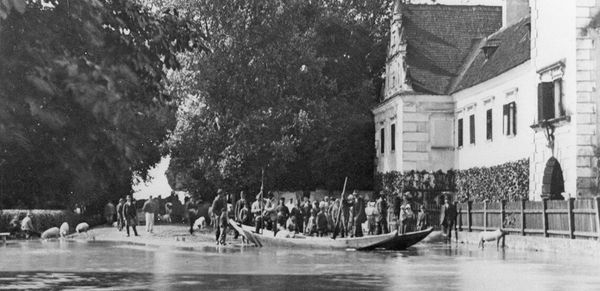
Lifeline and river of destiny.
But the people of Tulln continue to make a pilgrimage to their water chapel. And there, on All Saints' Day, they remember the unknown dead who lost their lives in the wild waters. Because the Danube, like every great river, has two faces. It is a lifeline and a river of destiny, a nourisher and a destroyer. Without its exposed location on the banks, Tulln would never have become a Roman camp and naval base. The Babenbergs would have passed it by, as would traders from all over the world. But when the Danube overflows its banks, when prolonged rain and ice surges flood the dams, valuable possessions and goods are destroyed. Destroyed harvests. People and animals flee. The river takes its toll on all those who live on its banks.
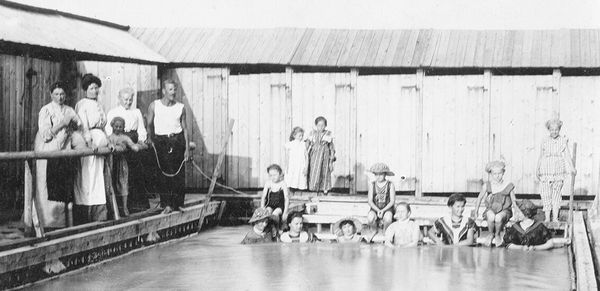
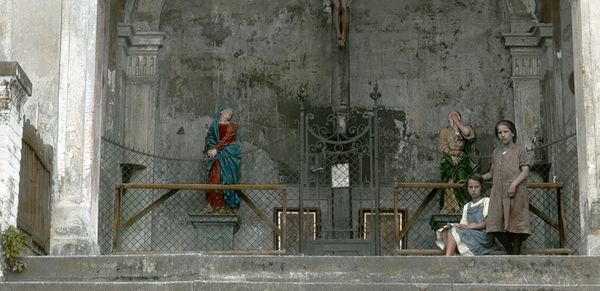
[Translate to English:]
Commemorating the dead.
Egon experienced flooding twice in his childhood. In an old school chronicle, 1897 was referred to as a “year of misfortune” when the inhabitants of the Tulln Basin were afflicted with frost, hail and flooding. Just two years later on September 14, 1899, whole villages along the Danube had to be evacuated. Living in their large station master’s apartment in the Tulln train station, the Schieles were not affected by the floods. Yet the water left its mark on the town despite all those prayers that had been said to its protector, the water saint John of Nepomuk.
![[Translate to English:] Ehemaliger Gasthof "Zum goldenen Lamm" mit Wasserkreuz (© Dr. Ferdinand Schönbauer) [Translate to English:] Ehemaliger Gasthof "Zum goldenen Lamm" mit Wasserkreuz (© Dr. Ferdinand Schönbauer)](/fileadmin/_processed_/6/6/csm_10_Wasserkreuz_img272628px_0792bbbef3.jpg)
[Translate to English:] Zum goldenen Lamm, a former inn, with water crucifix (© Dr. Ferdinand Schönbauer)
General plan
